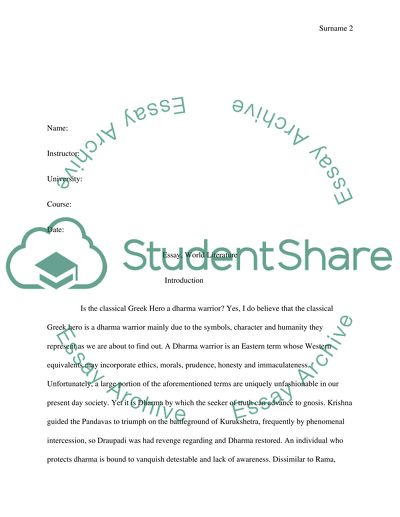Cite this document
(“Illiad, Antigone, and Bhagavad Gita Essay Example | Topics and Well Written Essays - 1250 words”, n.d.)
Retrieved from https://studentshare.org/literature/1493051-illiad-antigone-and-bhagavad-gita
Retrieved from https://studentshare.org/literature/1493051-illiad-antigone-and-bhagavad-gita
(Illiad, Antigone, and Bhagavad Gita Essay Example | Topics and Well Written Essays - 1250 Words)
https://studentshare.org/literature/1493051-illiad-antigone-and-bhagavad-gita.
https://studentshare.org/literature/1493051-illiad-antigone-and-bhagavad-gita.
“Illiad, Antigone, and Bhagavad Gita Essay Example | Topics and Well Written Essays - 1250 Words”, n.d. https://studentshare.org/literature/1493051-illiad-antigone-and-bhagavad-gita.


